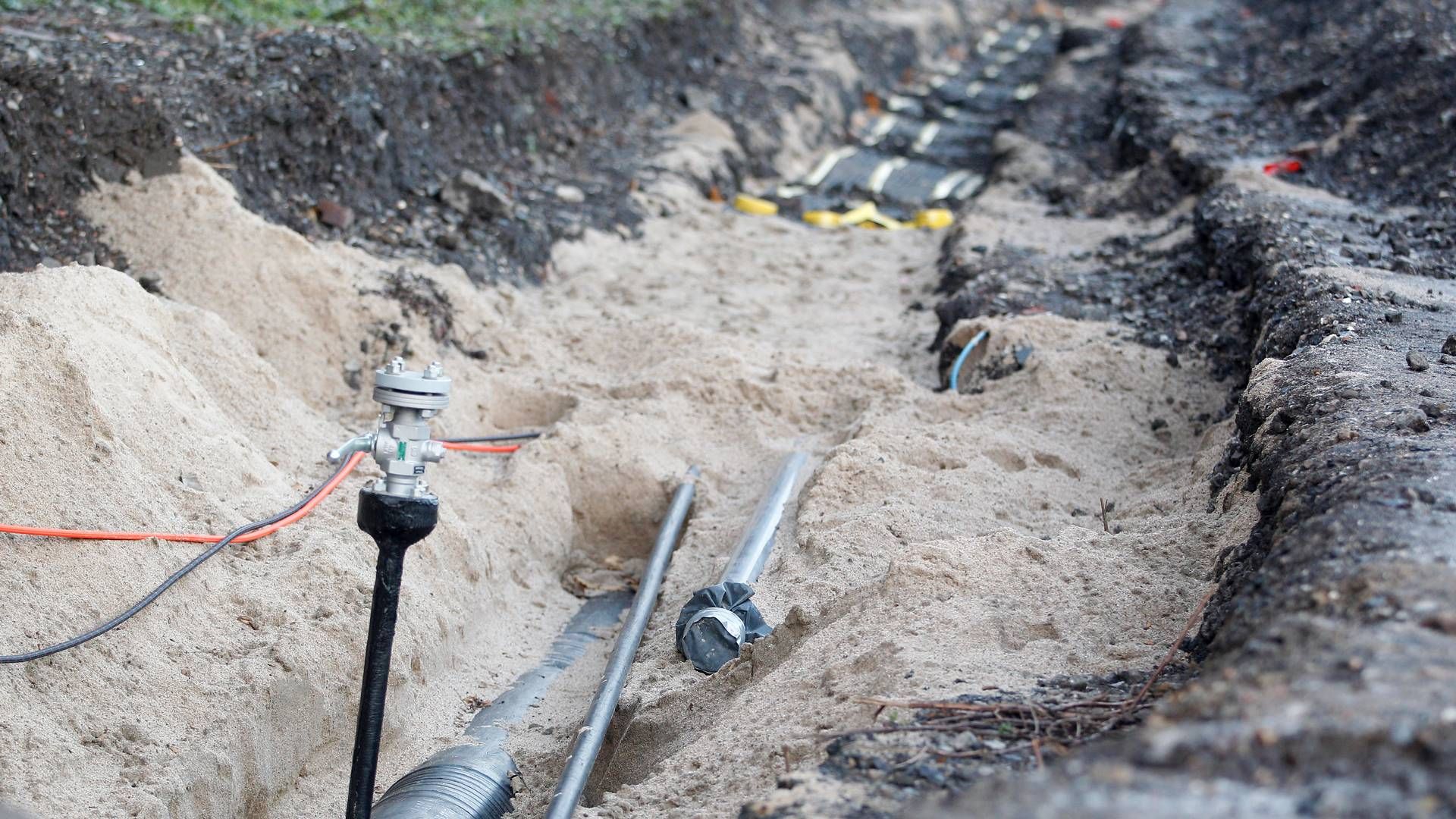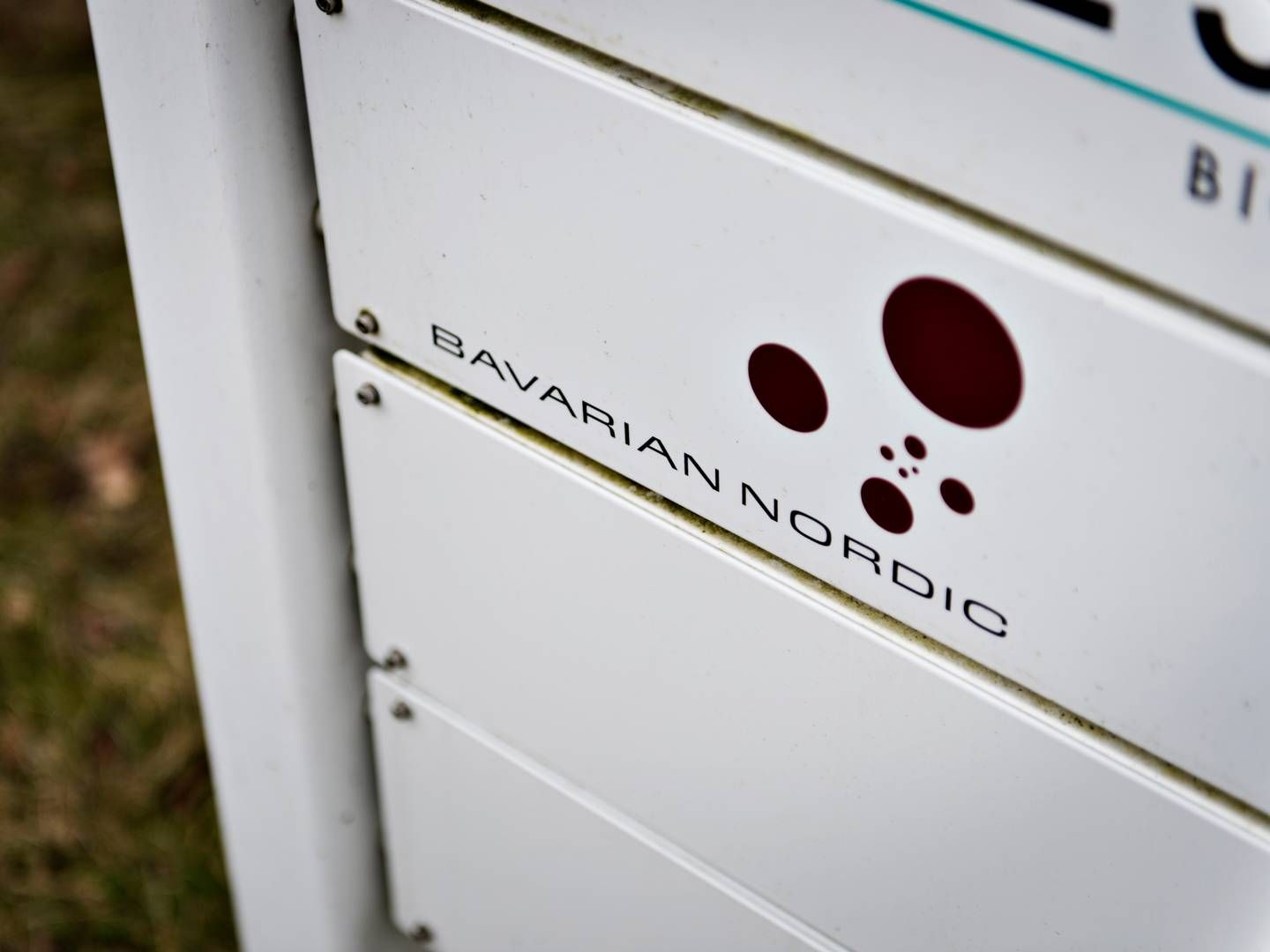RWE and Equinor plan Norway-Germany hydrogen pipeline

RWE AG and Equinor AS said they would build hydrogen power plants, as well as a pipeline to send the fuel to Germany from Norway.
The two countries will “accelerate the creation of a functioning hydrogen market, a value chain,” Norwegian Prime Minister Jonas Gahr Støre said Thursday in Oslo, where he met German Vice Chancellor Robert Habeck.
The move is part of an effort by Germany – Europe’s industrial powerhouse – to reduce planet-warming emissions and wean itself off Russian gas following Moscow’s attack on Ukraine.
RWE and Equinor’s power stations will be constructed in Germany and initially powered by gas, Equinor said. They will switch to hydrogen “when volumes and technology are available.”
“To make progress in the conversion from fossil fuels to hydrogen, there is an urgent need for a rapid ramp up of the hydrogen economy,” RWE Chief Executive Officer Dr. Markus Krebber said. “Our planned investments into hydrogen-ready gas-fired power plants will ensure security of supply in a decarbonized power sector.”
Net-Zero Strategy
Germany wants to cut carbon emissions 65 percent by 2030 from 1990 levels and neutralize them by 2045. Norway has set similar targets and plans to build offshore wind farms and carbon-capture plants.
In March, the countries said they would consider building a hydrogen pipeline linking each other.
“The collaboration has the potential to develop Norway into a key supplier of hydrogen to Germany and Europe,” Equinor Chief Executive Officer Anders Opedal said.
The link will probably initially transport blue hydrogen – which is produced by converting natural gas and capturing the carbon that’s emitted – said Habeck, who’s also Germany’s economic minister.
New offshore wind farms can eventually feed into the pipeline and enable it to take green hydrogen, which is made using renewable energy.
The plan will help Germany phase out coal in western regions by 2030, he added. So far the government’s coal phase-out date is 2038, which it aims to also reach in eastern regions.
Carbon Storage
Germany may need around 66 terawatt-hours of hydrogen by 2030, according to estimates of Germany’s energy agency, known as dena, and EON SE. The government will probably need to import plenty of hydrogen to reach that target.
Berlin has said it’s ready to spend more than EUR 10bn (USD 10.6bn) under its clean-energy subsidy program, which encourages the use of hydrogen and carbon-capture technology.
The country is considering options for underground carbon storage to help make industries like steel, aluminum and cement greener. The technology is highly controversial in Germany and has so far been banned for commercial use, mainly due to local resistance.
“According to all scientific data, the technology is safe,” Habeck said in Oslo.

















.jpg&w=384&q=75)




